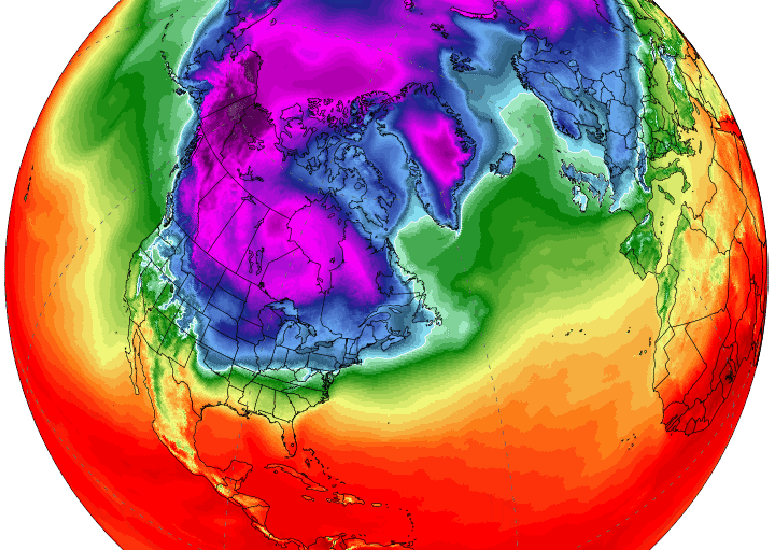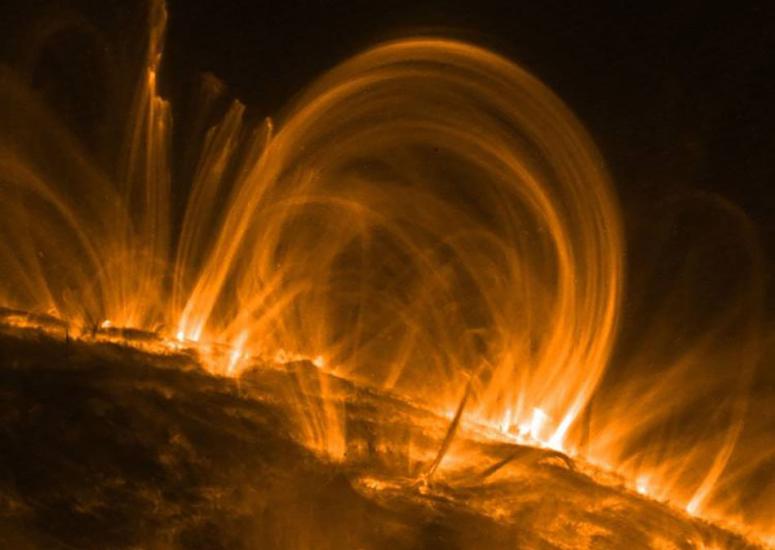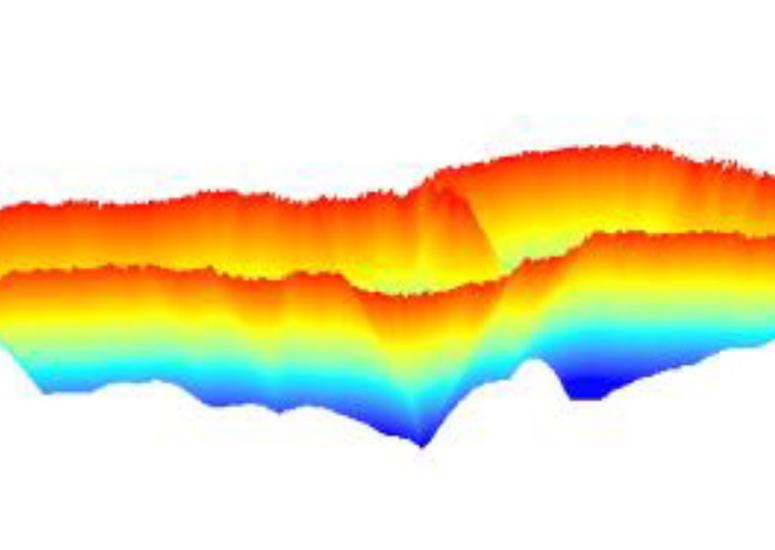-

New study questions explanation for last winter’s brutal U.S. cold snap
A new study challenges a commonly accepted explanation that a "sudden stratospheric warming" caused the unusually cold weather over the U.S. early last year, a view which was widely reported in the media and discussed among scientists at the time.
- Weather
-

A solar illusion: Coronal loops may not be what they seem
Many coronal loops — ropey strands of plasma that scientists have long thought existed in the Sun’s atmosphere — may actually be optical illusions, according to a new paper that challenges prevailing assumptions of what we know, and don’t know, about the Sun.
- Sun + Space Weather
-

Scientists map underwater topography of more than 1.4 million lakes and reservoirs worldwide
Scientists have used artificial intelligence techniques to create a publicly available dataset of the underwater topography, or bathymetry, of more than 1.4 million inland lakes and reservoirs around the world.
- Water
-

Favorable weather for self-driving vehicles
NCAR researchers seek to use weather information to improve the efficiency of autonomous vehicles.
- Weather
-
Neil Jacobs named chief science advisor for the Unified Forecast System
Neil Jacobs has been chosen to serve as chief science advisor for the Unified Forecast System (UFS), an effort by the broad scientific community to develop a common, open-source modeling infrastructure that encourages collaboration and eases the transition from research to operations with the goal of improving NOAA’s forecast models.
- Organization

